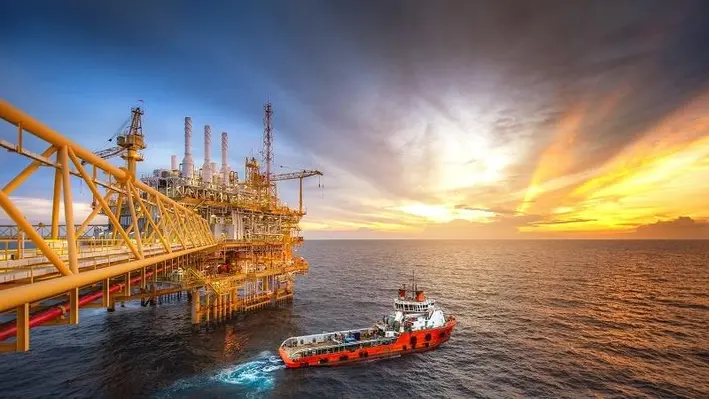

Andrea Sbordone, Business Development Manager at TechnipFMC, will describe four case studies of successful riserless light well intervention (RLWI) campaigns at the upcoming Offshore Well Intervention West Africa 2022 conference in Accra.
At the conference, which is running from 12-13 July, Sbordone will review the four campaigns which were performed by Island Constructor in West Africa, providing the opportunity for the audience to appreciate the efficiency of this fully integrated RLWI system.

At the session, Sbordone will assess how RLWI can effectively increase production at the lowest total cost in the upcoming 5th West Africa campaign running in Q4 2022 and Q1 2023.
To listen and participate in this exclusive session be sure to attend OWI WA 2022 which will play host to a range of key operators in the region including BP, Shell, Tullow Oil and more, as well as a range of experts from across the industry.
To learn more, be sure to download the event brochure here:
https://www.offsnet.com/owi-wa/conference-brochure
Or reach out to the details below:
Rachael Brand
Project Manager
T: +44 (0) 20 3409 3041
e:
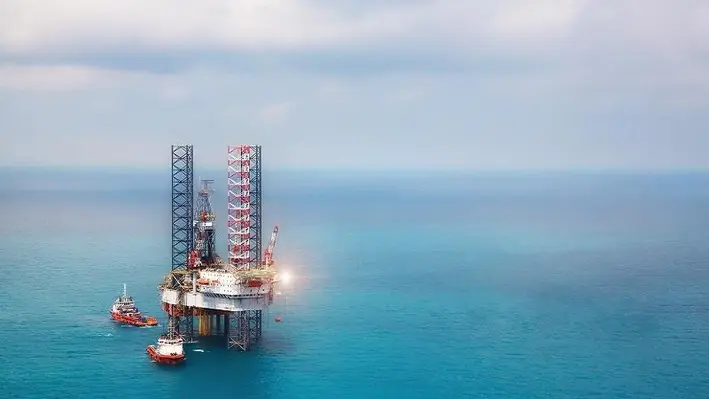

David Carr, Senior Vice President – International at Helix Well Ops, will be hosting a session at the upcoming Offshore Well Intervention West Africa (OWI WA) which will look at the potential for light well intervention (LWI) in Africa.
Exclusively for attendees of the event, which is arriving in Accra from 12-13 July, Carr will examine examples of innovative LWI vessel based solutions for complex well integrity issues and production enhancement purposes that improve the efficiency of well intervention projects.

Despite the seemingly incredible benefits that can be achieved through the use of such vessels, there remains somewhat of a reluctance to make use of them in the West African region. However, with Covid-19 forcing oil companies to keep hold of capital wherever they can, LWI could provide a viable outlet by offering them the chance to achieve their offshore objects but at a much lower cost.
Carr will continue the session by reviewing multi-service campaigns completed on an integrated vessel and how this can solve a variety of challenges operators face when embarking on intervention projects.
Those attending OWI WA will then have the chance to engage in a discussion with the Helix representative to explore how collaboration with an international and multi-disciplinary team can lead to seamless operational efficiency.
Such unique sessions are not to be missed by anyone involved in the African offshore industry or those interested in squeezing more from their offshore operations. To learn more, be sure to download the event brochure here:
https://www.offsnet.com/owi-wa/conference-brochure
Or reach out to the details below:
Rachael Brand
Project Manager
T: +44 (0) 20 3409 3041
e:
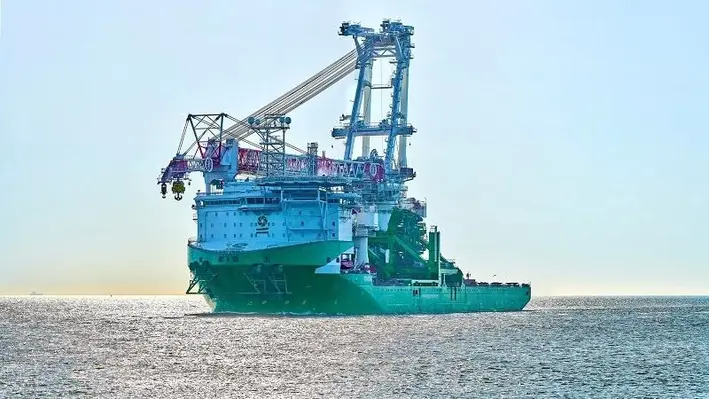

Liebherr has announced that its Heavy Lift Crane (HLC) 295000 is on board the Orion and is ready to work on decommissioning projects.
The Orion is a next generation offshore installation vessel by DEME which is capable of installing windfarms and decommissioning ‘old’ energy platforms. On the vessel, Liebherr has delivered the HLC which is the largest crane the company has ever built, boasting a lifting capacity of 5,000 tonnes.
After its name-giving ceremony in Vlissingen, Netherlands, the vessel is now heading to help develop the offshore wind farm ‘Arcadis Ost I’ in the Baltic Sea.
“What we are witnessing here, is indeed a very memorable event. Fundamentally, it demonstrates what is achieved, when people are closely working together, especially alongside with a competent and reliable partner. Today, we are proud. In an extraordinary effort, our team at Liebherr brought this heavy lift crane up on this ship so now everyone can see what has been accomplished,” said Robert Pitschmann, Global Application Manager, Heavy Lift Offshore at Liebherr.
By the help of the compact design, the crane is destined to serve in the offshore market. For example the base column, being only 16.8 metres diameter, is unique in the market. The HLC 295000 requires little space on deck and offers more storage space for transportation. It is ready to take up its work in the ample field of the offshore industry. With its maximum capacity of 5,000 tons and an outreach of up to 151 metres, the HLC can manage large components, for example, during the decommissioning of offshore platforms.
A maximum lifting height of 175 metres enables the HLC 295000 to operate in the required height right away without special efforts. All this demonstrates that the heavy lift crane in general can be regarded as the ideal instrument for the challenges ahead within the changing field of energy production as well as in all related working areas closely related to it. The extraordinary efficiency, swift- and readiness when it comes to transporting, accuracy but also power give this Liebherr heavy lift crane and the HLC-Series an advancement due to its smart versatility.
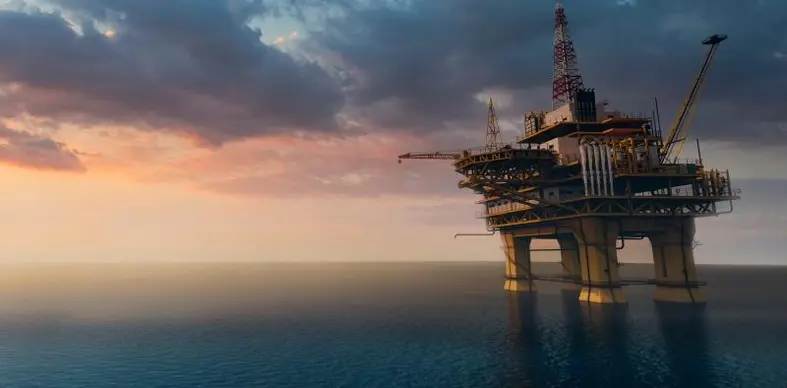

A session on understanding wax formation in the TEN Field will be presented by Daniel Konadu, Production Chemist, Tullow Oil at the fast-approaching Offshore Well Intervention West Africa (OWI WA), to be held from 12-13 July, in the city of Accra, Ghana.
Participants will be given details, allowing for a better understanding of ‘wax’ and its process of formation. Daniel will also shed light on operational issues encountered by operators during and because of the wax formation and deposition.
The session is also said to be information-rich, as it examines the methods to prevent or remediate wax deposition to reduce flow assurance challenges. Daniel will further identify risk in operational tests, followed by a detailed study on wax deposition.

The upcoming OWI WA is said to be West Africa’s answer to issues relevant to operational obstacles in production. The event is also featuring experts, global and national level companies as well as seasoned service providers.
To learn more, be sure to download the event brochure here:
https://www.offsnet.com/owi-wa/conference-brochure
Or reach out to the details below:
Rachael Brand
Project Manager
T: +44 (0) 20 3409 3041
e:
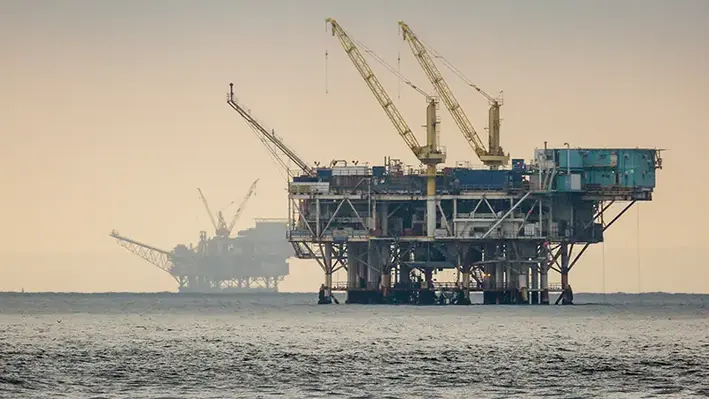

C-Innovation, LLC (C-I), an affiliate of Edison Chouest Offshore (ECO) and its family of companies, have signed a two-year contract for continued Riserless Light Well Intervention (RLWI) services onboard the Island Venture offshore support vessel.
The new contract follows a previous agreement in which the Island Venture performed interventions on multiple deepwater wells in the Gulf of Mexico.
David Sheetz, C-Innovation’s Vice President, said, “This new award is a continuation of nearly three years of setting new standards in the RLWI space. We are constantly working to change the way the industry looks at RLWI work to increase production in this ever-changing market. We look forward to the next few years on this project, and we are already making plans to expand the offering, including numerous dock upgrades to facilitate even more efficient fluid handling and waste removals to minimise required between-wells maintenance time.”
With no safe vertical access to several subsea wells under a platform, the C-I Subsea Projects Group was able to find a solution by utilising a well service jumper to perform well interventions. This collaborative effort between C-I and the operator allowed C-I to perform the intervention without disrupting the platform’s operations.
George Wilson, C-I’s RLWI project manager, commented, “C-I is committed to ensuring the continual improvement of the quality, health, safety and environmental aspects of its operations and services. The two-year RLWI work is no exception: with over one million man-hours, C-I had zero recordable incidents. So far this year, C-I has clocked over 135,000 hours with no recordables.”
Sheetz added, “The contract award for additional RLWI work is a credit to the entire RLWI team. Our team continues to provide creative solutions and methodologies to perform interventions that have not been achievable from a conventional RLWI approach. The collaboration of various subsea disciplines within our group has contributed to the successes, and our offshore teams continue to deliver on every execution that comes their way. C-I’s subcontractors, Halliburton, Baker Hughes and Caltex Oil Tools, were also key to the new award. I am extremely proud to work with some of the brightest people in our industry.”
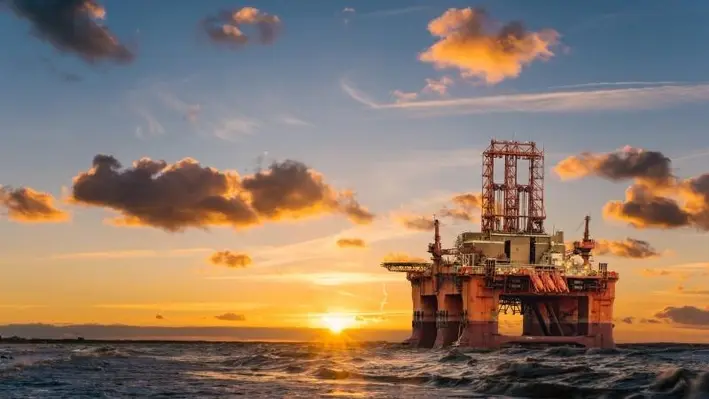
 A presentation on well productivity practices will be delivered by Ejimofor Agbo, Senior Completions Engineer, NewcrossEP at the upcoming Offshore Well Intervention West Africa (OWI WA), which is to be held from 12-13 July, in the city of Accra, Ghana.
A presentation on well productivity practices will be delivered by Ejimofor Agbo, Senior Completions Engineer, NewcrossEP at the upcoming Offshore Well Intervention West Africa (OWI WA), which is to be held from 12-13 July, in the city of Accra, Ghana.
NewcrossEP is an exploration and production firm based in Nigeria and Ejimofor will be talking about the company’s innovative approach to water management via extended perforation. The speaker will discuss in length the approach to arresting the increase in water cut in a producing well, thereby reducing crude handling and transportation charges.
Participants will also be able to learn more about candidate selection and obtain a comprehensive analysis of datasets in maturing the candidate for execution. Ejimofor will also address establishing a selection of perforation intervals using cased hole logging and open-hole logging in selected sand conditions
The session will be concluded with participants being able to explore NewcrossEP’s project execution and well monitoring that has resulted in a shown appreciable drop in the water cut by 80%, as well as a corresponding increase in the oil gain by 20%.
 OWI WA is set up to be the platform for discussion on the region’s offshore well intervention topics. The event is filled with experts from regulatory bodies, international and regional companies, alongside regulatory bodies and service providers.
OWI WA is set up to be the platform for discussion on the region’s offshore well intervention topics. The event is filled with experts from regulatory bodies, international and regional companies, alongside regulatory bodies and service providers.
To learn more, be sure to download the event brochure here:
https://www.offsnet.com/owi-wa/conference-brochure
Or reach out to the details below:
Rachael Brand
Project Manager
T: +44 (0) 20 3409 3041
e:
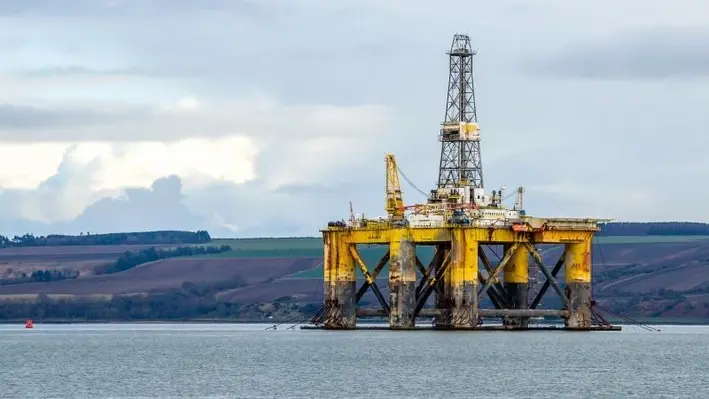

The Offshore Well Intervention West Africa 2022 (OWI WA), which be held in Accra from 12-13 July, will host a presentation by Matthew Vick, Senior Subsea Wells Engineer from bp.
Attendees will have the exclusive opportunity to learn about the company’s riserless intervention campaign in Gulf of Mexico. The project had showed a significant reduction in emissions when compared to traditional methods.
Vick will review the broad scope of well access equipment that can be utilised from a single vessel, including mechanical wireline, hydraulic via TRT, hydraulic via well service jumper hose and hydraulic via stimulation choke insert. During the talk, he will explore and provide a synopsis of the deliverables from the campaign, including well access, well integrity restoration, well surveillance, well stimulation and protection, and fishing.

OWI WA offers you an unrivalled opportunity to listen to the latest best practice from the Gulf of Guinea and addresses the most important well intervention issues facing West African operators.
To learn more, be sure to download the event brochure here:
https://www.offsnet.com/owi-wa/conference-brochure
Or reach out to the details below:
Rachael Brand
Project Manager
T: +44 (0) 20 3409 3041
e:
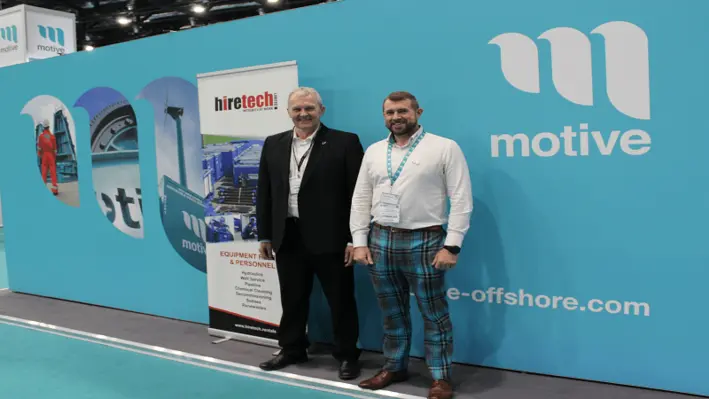

Marine and lifting equipment specialists Motive Offshore Group (Motive) and subsea and decommissioning equipment rental specialists Hiretech Limited (Hiretech) have joined forces to bring superior technology and service solutions to the Middle East.
Motive, with its UAE hub and existing catalogue of subsea marine and lifting equipment services, is bolstering its current suite with Hiretech’s extensive rental fleet of decommissioning and subsea technology, bringing much-needed consolidation and in-market offshore services support for the region.
Graeme Chalmers, Regional Manager Middle East at Motive Offshore Group, commented, “Having worked with Hiretech for many years, we’re thrilled to formalise our partnership. Harnessing our skills and insights, developed in-step with Scotland’s trailblazing strides in the oil & gas and offshore wind markets, we understand the importance of market consolidation when it comes to keeping costs low and are looking forward to offering greater levels of support from our Middle East base.
“2022 is a big year for Motive. This partnership marks the next stage of our journey, and we are looking forward to continuing to expand our global footprint through increasing sales by 15% in this key region.”
Along with the technology and equipment, Hiretech will also deliver a comprehensive training programme to Motive’s engineers and technicians, enabling seamless delivery of products and technical support.
Andy Buchan, CEO, Hiretech Limited, remarked, “Hiretech has historically served the Middle East region from the UK. This new Middle East partnership puts our equipment in country, significantly reducing mobilisation times and costs for our Middle Eastern clients, with the additional advantages of utilising the extensive commercial, logistical, technical and equipment support available from the Motive FZE team.”
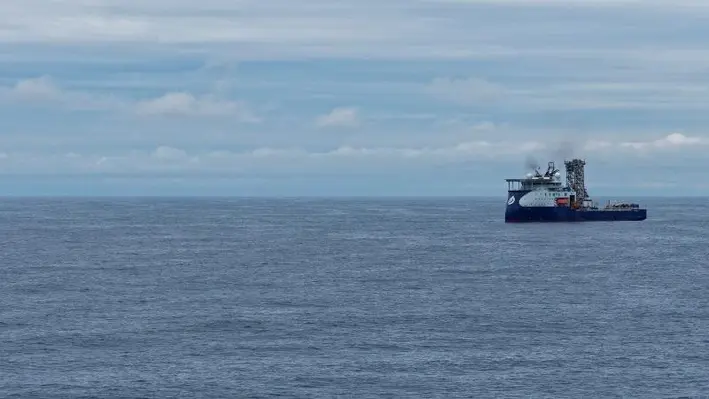

Participants at Offshore Well Intervention West Africa 2022 (OWI WA) – to be held in Accra from 12-13 July – will have the opportunity to attend a presentation by Total Energies, a global multi-energy energy company.
Ezra Kavana, Project Regulatory Compliance and Permitting Management, Total Energies will elaborate on regulatory compliance within the region. He will be speaking at length about the company’s regulatory compliance management system and how it helps them. To demonstrate its advantages, he will examine a case study on how the company remained compliant with regulations in a recent crude oil pipeline project before presenting an outline of their strategy for permitting/license management.

The OWI WA will also host the Technology Showcase Hall, that not only brings together the most innovative technology with West Africa’s leading operators, but also provides a unique networking opportunity for the region’s well intervention decision makers.
To learn more, be sure to download the event brochure here:
https://www.offsnet.com/owi-wa/conference-brochure
Or reach out to the details below:
Rachael Brand
Project Manager
T: +44 (0) 20 3409 3041
e:
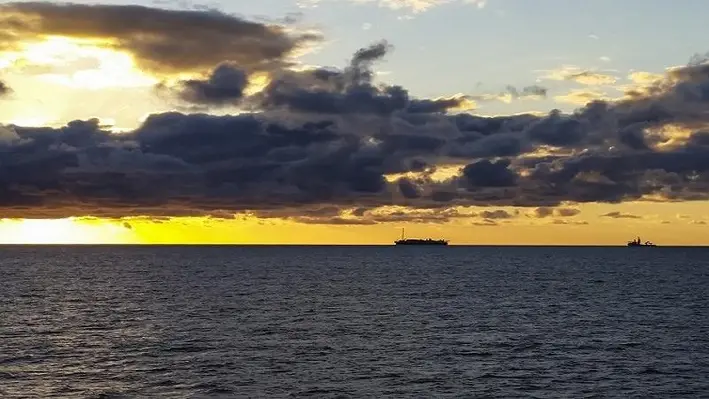

At the upcoming Offshore Well Intervention West Africa (OWI WA), which is running in Accra from 12-13 July, Dr Wisdom Enang, an Engineering Technical Lead, will draw upon his extensive experience in the oil and gas industry to provide participants with a vision of West Africa’s future.
In his exclusive session, Dr Enang will identify the imperatives for producing the energy of the future as the transition continues to gather momentum and calls for cleaner power snowballs.

Turning to Nigeria specifically, he will then analyse and quantify the deficiencies affecting the upstream sector and explore the innovative solutions capable of preventing crude oil theft, delaying production depletion, and solving inefficient production operations. He will also analyse efforts to address the lack of accountability in the sector before seeking to identify a roadmap for implementing an integrated innovative approach for enhancing the operational and cost efficiency of the upstream sector within Nigeria.
Alongside learning from the other exciting lineup of sessions led by industry experts, attendees of the event will have the opportunity to participate in the discussion led by Dr Enang. Together, they will be able to explore the potential benefits, implementation challenges and enablers which distinguish innovation solution options available in West Africa.
With five international oil majors, three regulatory bodies, two national oil companies, six regional oil companies, as well as a host of service providers and more already confirmed, OWI WA is not an event to be missed.
To learn more, be sure to download the event brochure here:
https://www.offsnet.com/owi-wa/conference-brochure
Or reach out to the details below:
Rachael Brand
Project Manager
T: +44 (0) 20 3409 3041
e:
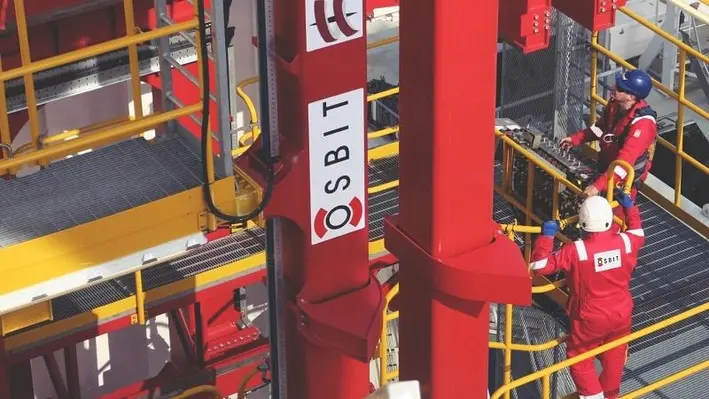

Northumberland-based offshore technology company Osbit has announced that it is set to receive a Queen’s Award for Enterprise.
Osbit has been rewarded for its excellence in innovation – a nod to outstanding achievement and commercial success.
The prize has been given to the company for its development of offshore technology to deliver a step-change in offshore operations. Osbit’s Intervention tension Frame system were designed for industry-leading services company Helix Energy Solutions and use innovation to support energy transition activities, facilitating safer and more efficient closure of expired oil wells.
A representative from Osbit will collect the award at a reception hosted by HRH The Prince of Wales at Buckingham Palace, in July.
Director Steve Binney, commented, “This win is fantastic recognition of what Osbit is capable of, in terms of developing large and complex systems, successfully delivering them, and making a real difference to our customers’ project outcomes.
“Innovation has always been at the heart of everything we do – we’re constantly trying to use our engineering skills to improve on what’s gone before, to do things better, more safely, more effectively.
“We are very proud of this win, which is testament to the genuine skill and ingenuity of our team.”
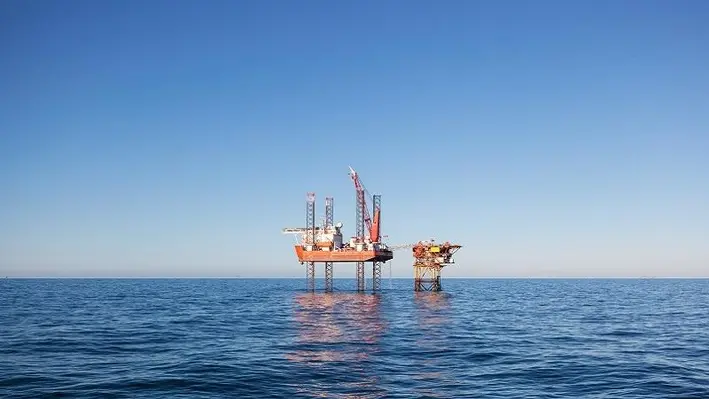

Attendees of Offshore Well Intervention West Africa 2022 (OWI WA) will be treated to no less than four presentations from Shell when the conference arrives in Accra from 12-13 July.
Up first for the international supermajor is Segun Lanade, Logistics Supervisor for Shell Nigeria, who will present on the topic of local sourcing. Lanade will explain the impact sourcing equipment has on the local economy, as well as the implications it has on intervention projects, before exploring the influence local authorities can have on encouraging this practice and how this can affect intervention activity in the region.
Following this, Benjamin Ajaraogu, Well Integrity Adivisor, LI: Well Integrity SME & Production Technology TA2 at Shell Nigeria, will concentrate on brownfield wells management by showcasing Shell’s approach for acquiring best in class well integrity technologies to keep ageing wells productive. He will also touch upon approaches towards plug and abandonment (P&A) with a focus on effectiveness and safety.
Looking at deepwater well intervention in West Africa, Chiwuike Amaechi, Subsea Systems & Intervention Engineer at Shell, will provide detail on the current regulations and standards as well as how to navigate them in order to ultimately increase the volume of well intervention in West Africa. Light well intervention has been touted as efficient and cost-effective solution which could help to solve sub-Saharan Africa’s rapidly ageing offshore assets and, in light of this, Amaechi will help participants discover the trail blazing technology, tool and services that have been used in the region to help enhance future deepwater well intervention campaigns.
Last but by no means least, Ajaraogu will return to the stage to discuss utilising digitalisation for risk management. In the session, he will explain how technologies can assist in well monitoring to allow for full visibility; demonstrate how to identify potential risk factors before they occur; and, through his expertise and impressive experience, provide participants with the knowledge to increase their chance of protecting wells from integrity failures in order to maximise protection.

These exclusive presentations will be accessible at OWI WA along with a unique opportunity to network with a wide range of industry professionals and experts. To learn more, be sure to download the event brochure here:
https://www.offsnet.com/owi-wa/conference-brochure
Or reach out to the details below:
Rachael Brand
Project Manager
T: +44 (0) 20 3409 3041
e:
Page 80 of 111